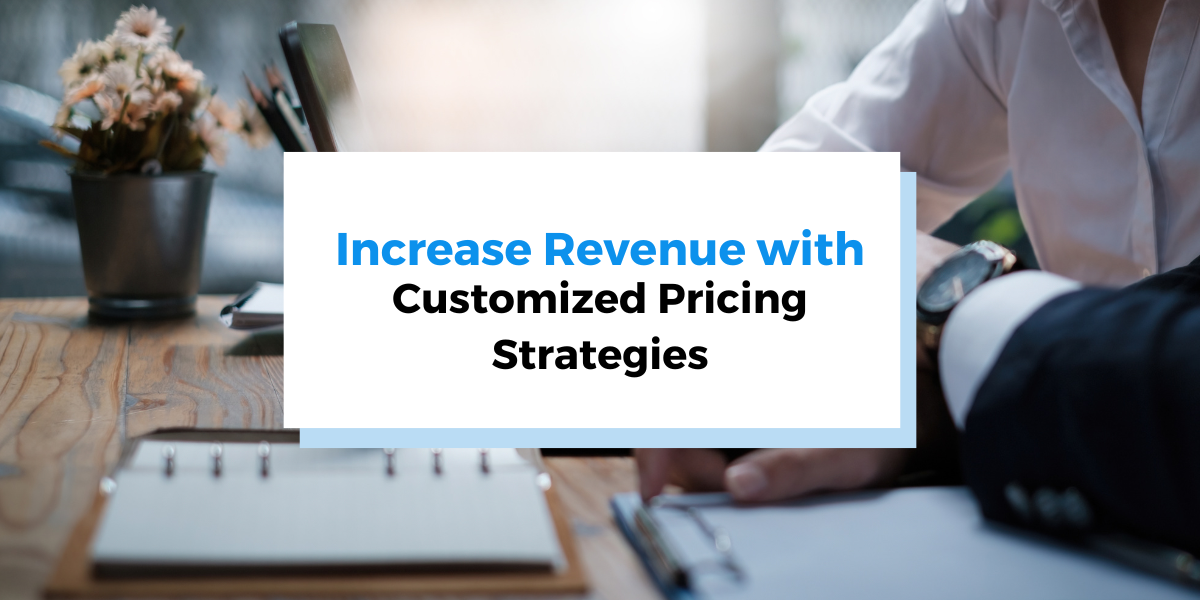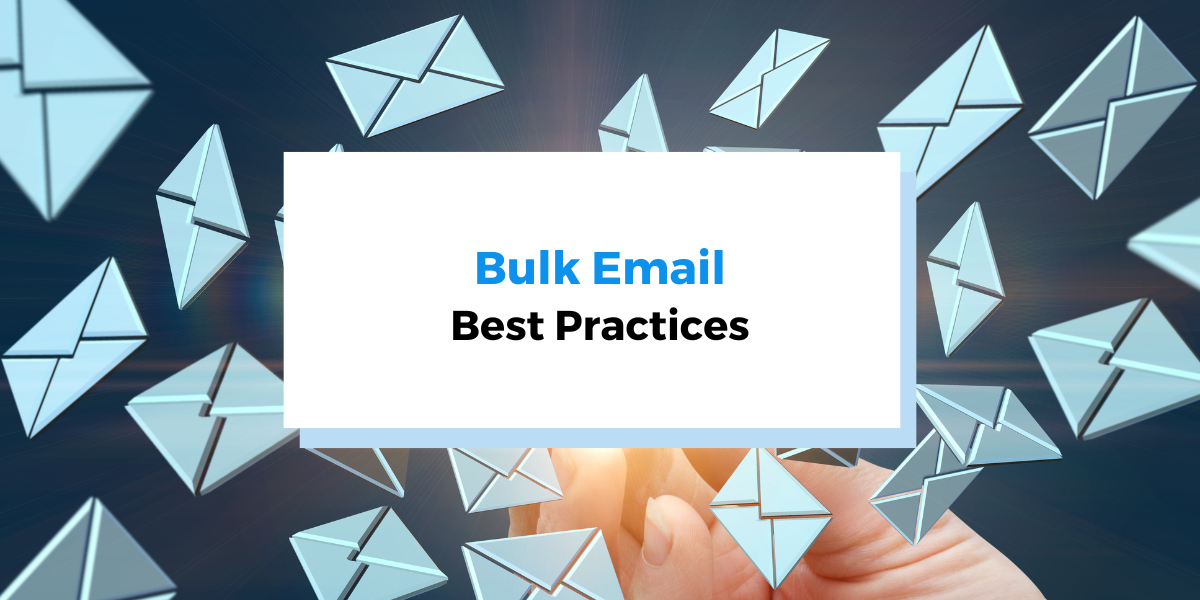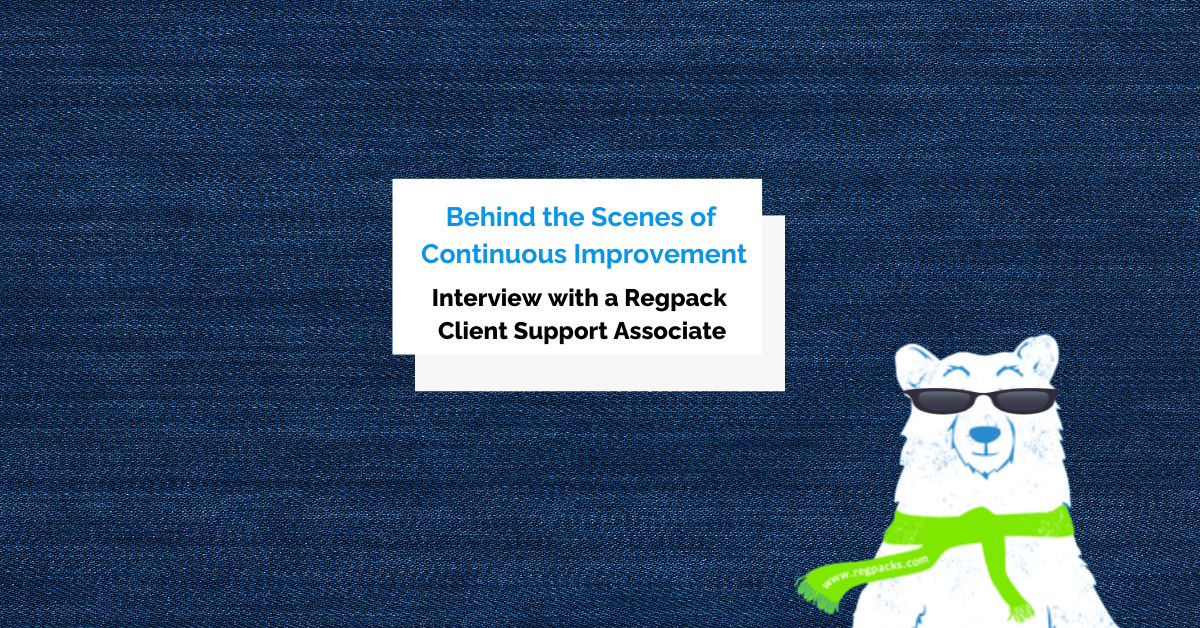Service-based businesses that take steps to optimize the customer experience spanning the entire customer journey will see less churn, paired with an increase in sales and referrals.
They might even be able to raise their prices, as 42% of consumers are willing to pay more for a great experience, according to PwC’s report.
Today we’ll teach you the fundamentals of customer experience optimization and give you four steps to take to create a serious lift in your average customer’s satisfaction with your business.
- What Is Customer Experience Optimization
- Why Is Customer Experience Optimization Important
- How to Optimize the Customer Experience
- Conclusion
What Is Customer Experience Optimization
Customer experience (CX) optimization is the process of using customer data to strategically enhance the customer journey across all touchpoints, from ads and emails to product pages and sales reps.
Below are some common touchpoints:
| Leads researching your service on your website |
| Prospects asking questions to salespeople |
| Customers making online purchases |
| New customers receiving welcome emails |
| Customers dealing with refunds or returns |
CX optimization involves an analysis of touchpoints in your customer journey to uncover issues that you can then resolve with data-driven solutions.
For example, you might be unsatisfied with the conversion rate of your landing page and, upon analysis, find that the light orange call-to-action (CTA) button may be less inviting to some of your customers.
After the potential issue is revealed, the optimizer thinks up a new plan, usually based on customer data and their knowledge of customer experience, to solve this issue.
In the CTA button example, your plan might be to replace the original CTA button with a light blue one, since blue is known to evoke feelings of trust.
After the plan is created, the final step is to compare the old and the new through an A/B test. The winner of the above example will be the button with the best conversion rate.
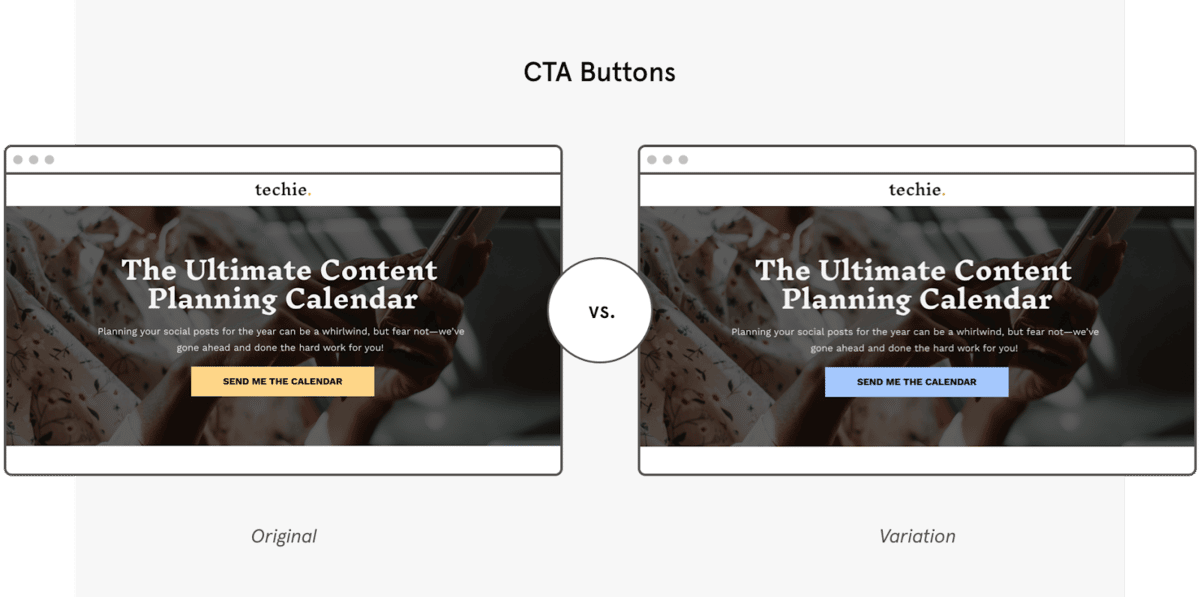
Source: Leadpages
In sum, CX optimization requires that you take a close look at every aspect of your current customer journey and ask, “Is this the best way to serve our customers?” and “How could we make the experience more satisfying?”
The more curious you are, the more effective your updated customer journey will be.
Why Is Customer Experience Optimization Important
Customers, and people in general, are hard to please.
In fact, PwC’s CX report found that one in three consumers will walk away from a brand after just one negative experience.
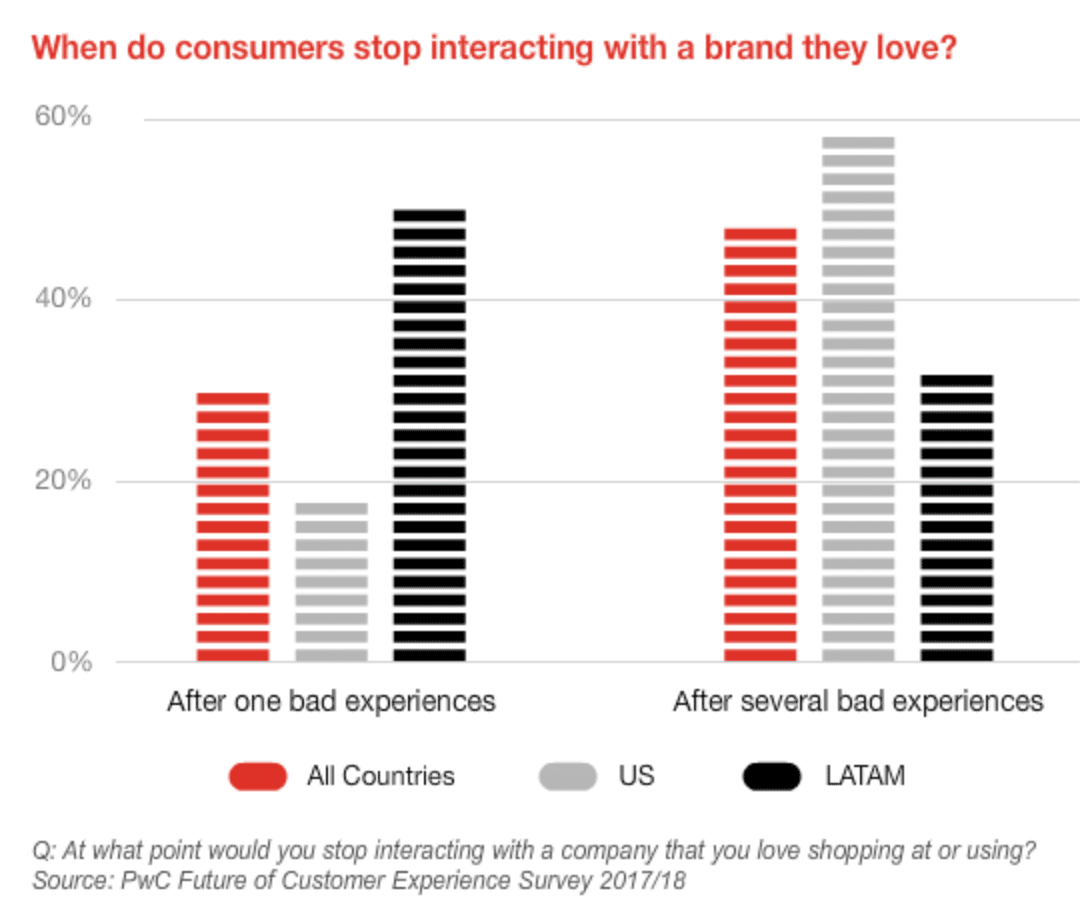
Source: PwC
And the impact of a bad experience only gains power as more brands enter the market to compete for the same customers.
Creating better products and services than the competition is one way to keep your customers with you, but sometimes that’s difficult, not to mention costly, to pull off.
For example, two businesses offering math tutoring might have trouble differentiating their service or convincing customers that their service is distinct from the others.
But if one offers an easier way to schedule sessions online and a more helpful support team, they’re going to stand out.
It’s often more practical to spend your time and money improving each touchpoint between your customers and your business than revamping your service.
Plus, when most businesses simply cover the basics for customer experience, upgrading yours is an excellent way to stand out and improve brand loyalty, not to mention impress and win over new buyers.
And when you create a team of fans, they’re going to go out and convince their friends to use your business as well.
In sum, investing some time and money into data-driven customer experience optimization is a cost-effective way to improve your brand loyalty, sales, and referrals.
How to Optimize the Customer Experience
There’s a specific step-by-step process you can follow to effectively optimize the overall experience of your customers across all of your channels.
It begins with a review of your current customer journey and gathering data on your customers in order to identify issue areas that would benefit from some changes.
The next step is to use A/B testing to test the different approaches.
This gives you real and accurate feedback from customers about the changes you’re considering making to the journey.
And the final step is to investigate different technologies that can help you further improve your customer experience.
Now that you know the basic approach to customer experience optimization, let’s dive deeper into each individual step.
Take a Look at the Customer Journey
Before you start finding fault with and altering aspects of your customer journey, you have to understand it as a whole by running it through analysis.
You have to break the journey down into its component touchpoints, taking into account every interaction between your brand and your customers, from the initial social advertisement to even the cancellation of a subscription.
After dividing your customer journey into its various touchpoints, it’s time to group those touchpoints into the five stages of the customer journey.
This step is important because customers have different mentalities and expectations at different stages of the customer journey.
Knowing which stage a touchpoint falls in will help you judge how well that touchpoint is meeting your customers’ expectations and helping them reach their current goal.
Break your customer journey into these five stages:
| Awareness | In this phase, the customer has only just learned about your business. An example of touchpoints here are ads, blog posts, and landing pages for lead magnets. |
| Interest | At this point, the customer is familiar with your brand and considering buying from you. Some potential touchpoints are bottom-of-the-funnel content, product page, and marketing emails. |
| Purchase | Now the customer is ready and taking steps to purchase your product or service. Here, some touchpoints are sales reps, online payment portal, and checkout page. |
| Experience | The customer is using your product or service. A software company’s touchpoint would be the app, whereas a tutoring service’s would be the tutors and study materials. |
| Loyalty | The customer loves your solution and is making more purchases and recommending you to their friends. Some examples of touchpoints in this stage are support staff, product tutorials, or a customer success manager. |
Now that you know your customer journey’s touchpoints and which stage of the journey a customer is at, you should start to think about what your customers want and need at each touchpoint.
You can also start to determine if your touchpoints are providing for these goals and, if they aren’t, think of ways to make it so they do.
You’ll often find ways to streamline the process for customers and make it easier for them to get what they need.
For each of your touchpoints, ask these three questions:
| What major goals are my customers trying to achieve at this touchpoint? In other words, what do they want and expect? |
| Is my current touchpoint satisfying their goal and their expectations? |
| How can I make this touchpoint better serve their goals and expectations? |
For example, at an online purchasing touchpoint, the answer to the first question might be to pay for the service quickly and securely with whatever payment method they prefer.
The business owner might wonder if not offering ACH transfers is causing their company to annoy customers at this payment touchpoint.
At this point in the process, they might not have the data to make a decision about this, but they have the direction of an investigation.
In step two, they can ask customers if they wish there were other ways to pay and look into current checkout page conversion rates.
The business owner might also start to think of some ways to improve the payment experience that they can then test in step three.
It helps to use a tool like Draw.io to create a customer journey map that captures all the touchpoints and the answers to these three questions.
Gather Data on Your Customers
Now that you know the touchpoints of your customer journey and you’ve uncovered some potential issues, it’s time to gather customer data to figure out if those issues are real or perceived.
For example, if you suspect that your welcome emails might be short on information that new customers need to create their user portal, consider creating a survey asking your customers about their experience.
You could also measure online data you’ve collected about the email in your email automation software or CRM, such as open rates or clicks on the user portal link, to see how customers are interacting with this welcome email.
Your findings can clue you in on the other problems with this touchpoint, whether that’s a poor subject line or unclear next steps.
As you can see from the above example, data can come from many places.
It’s likely you’re already collecting some customer data in your CRM, ad manager, marketing software, and payments platforms, provided that they come with analytics functionality.
You can also create surveys with a tool like Survey Monkey and send them out to your customers or people in your target audience to collect more data.
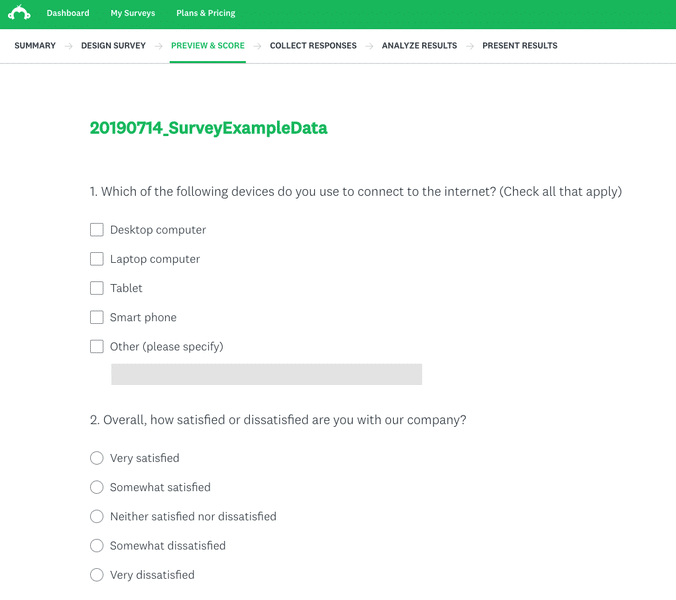
Source: Trivago
One of the best ways to uncover customer experience problems is to send out customer satisfaction surveys at major touchpoints in the customer journey.
One such survey might ask, “On a scale of 1-10, how was your online purchasing experience?”
Another could be sent out after 2 months of using the service, featuring the following question:
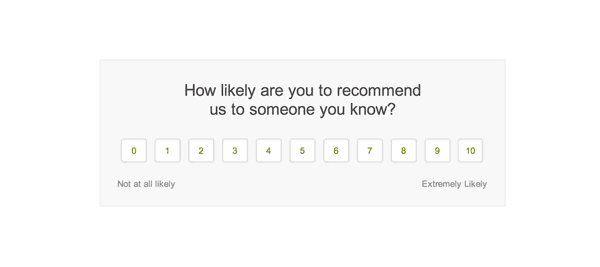
Source: Zendesk
If you notice that one of the touchpoints is receiving a lot of low scores, it’s a good idea to spend extra time evaluating that phase of the customer journey to find issue areas to fix.
Whether you’re collecting data through online analytics or surveys, the platforms you use will allow you to run reports that’ll help you answer questions about the effectiveness of your current customer journey.
Test to See What Works Best
After collecting and analyzing your customer data to find sections of your customer journey that need work, you can start coming up with solutions and putting them to the test.
Testing before implementing the change is essential because it keeps you from acting on assumptions. It makes your decision-making process more data-driven and less about gut feeling.
A/B testing is often the best way to learn whether customers will prefer your idea to the old customer journey.
An A/B test works by giving one-half of your audience one experience and giving the other half your new variation.
So, if you were considering changing a social media advertisement’s headline, half the audience would see the old headline, and half would see the new one.
You’d then pick a specific success metric to track for the two groups. This will enable you to determine the winner.
For an advertisement, that metric would probably be the conversion rate. Next, you’d run the test for a specific period of time before finding the winner.
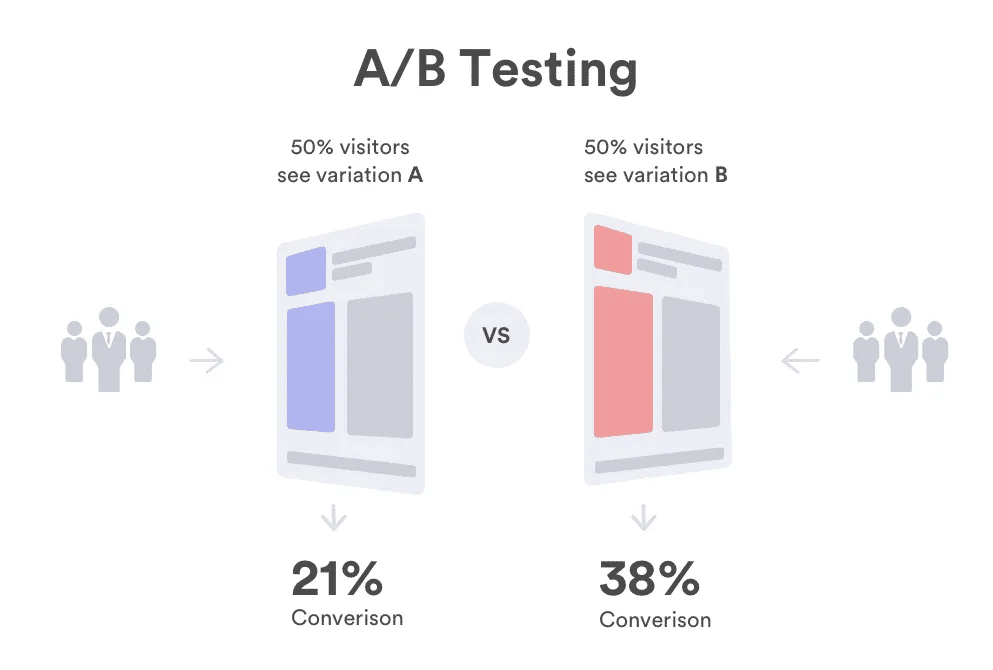
Source: CIN7
In the example above, variation B would win the A/B test because it scored higher in the chosen success metric: conversion rate. The company would then make the change.
The best thing about A/B tests is that you can do them multiple times, creating a king-of-the-court showdown that will help you choose the optimal headline, CTA button, product photo, or whatever touchpoint element you’re considering altering.
There are many A/B testing tools available to help you run these tests. The software you’re using might also already offer the functionality.
For example, most marketing automation tools allow you to A/B test your emails and their components.
Have the Right Technology in Place
Sometimes, you’ll discover that new technology is needed to solve a specific problem with your customer journey.
For example, a company that relies on in-person cash payments might realize that its customers want the ability to make payments online through a website or app.
To prevent any more damage to their customer experience, the company then decides to invest in some online payment platform that allows them to accept a wide range of cashless payments through a secure online customer portal, like Regpack.
Adopting software like this will streamline the payments process and make customers a lot happier with the company—not to mention, reduce the number of late payments.
Here are some other types of technology that can help you enhance the customer journey:
| Chatbots | These help customers learn about your service and troubleshoot issues. They can also direct inbound customers to the right person on your team. |
| Email automation | Using templates and trigger-based automations can personalize emails at scale. This results in better experiences in customer onboarding, marketing, and more. |
| Customer service software | Tools like Zendesk can help your team provide better customer service and track important customer satisfaction metrics. |
Your customers won’t be the only ones enjoying the benefits of these types of software.
Your team will also get a lot out of it since they’ll be spending less time doing mundane, repetitive tasks, and more time using their skills and knowledge to handle more complex work.
Conclusion
Customer experience optimization is critical for small service-based businesses that want to stand out from the competition and improve customer loyalty.
But remember—it’s not a one-off project. It’s ongoing. Customer preferences are constantly evolving. The technology landscape is always changing.
Therefore, you need to regularly evaluate your customer journey to find opportunities to improve it. Making it a priority will help you stay at the cutting edge of CX.



